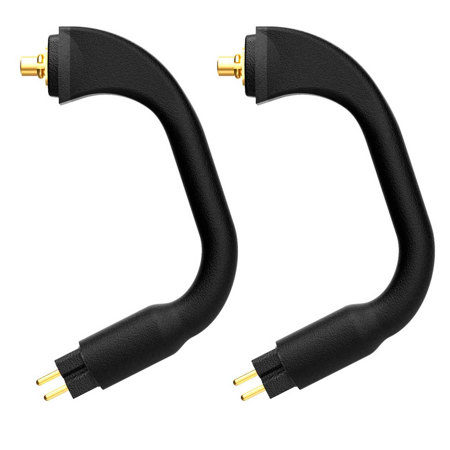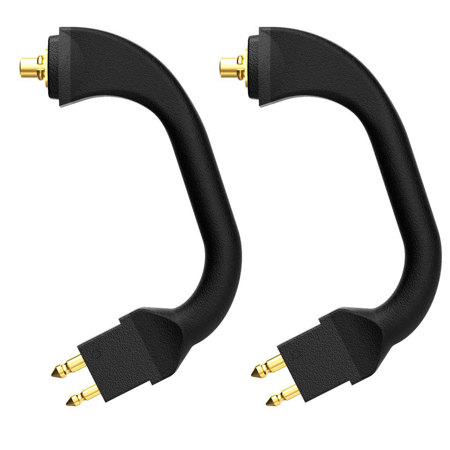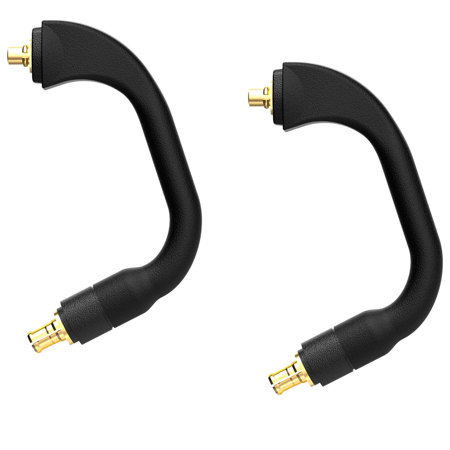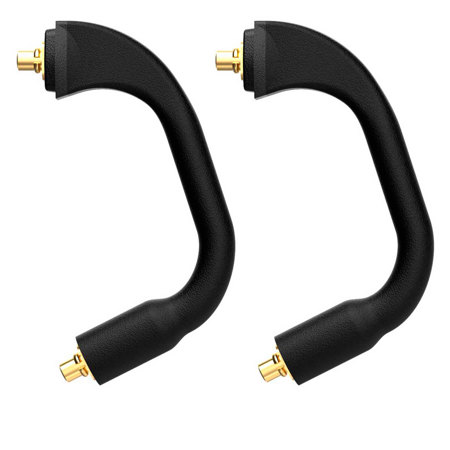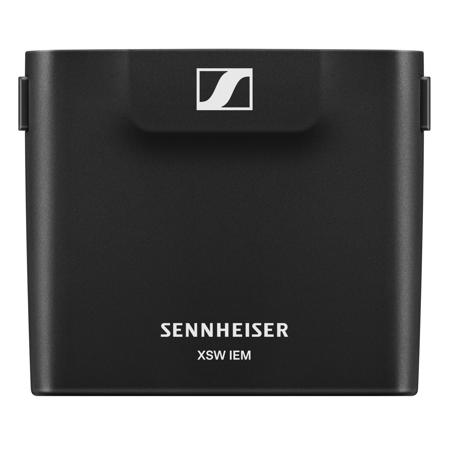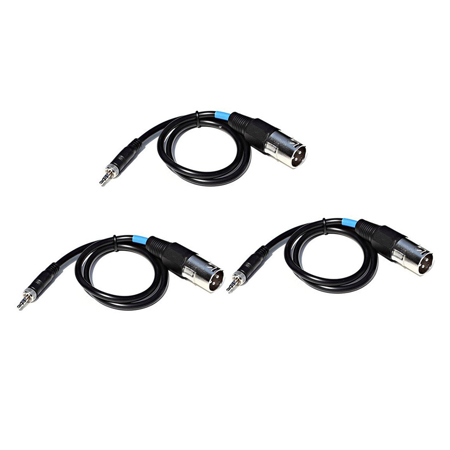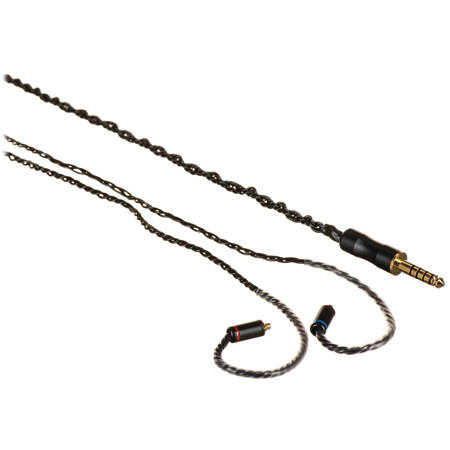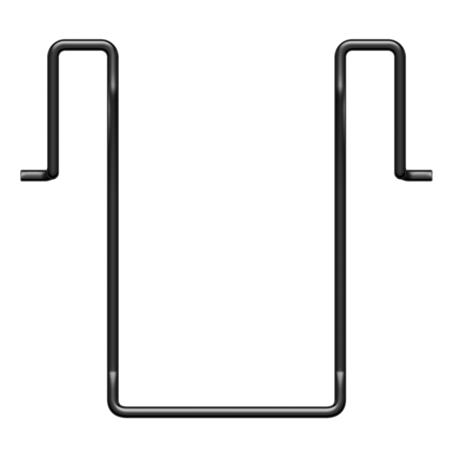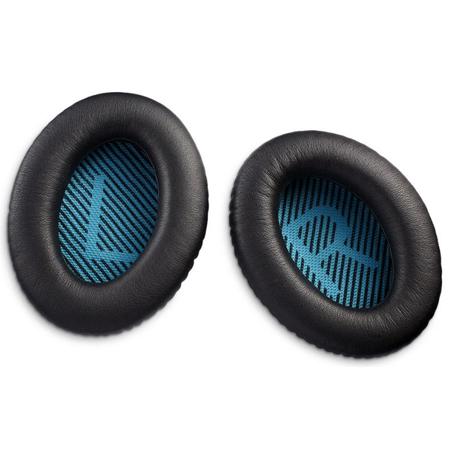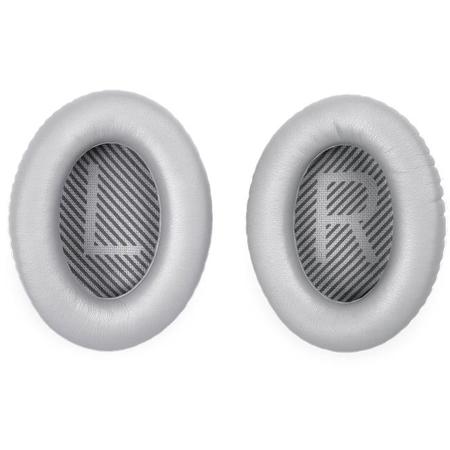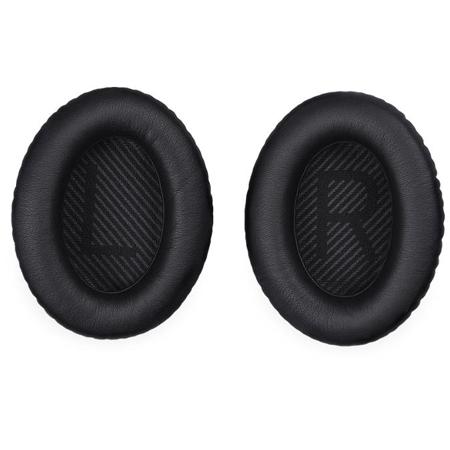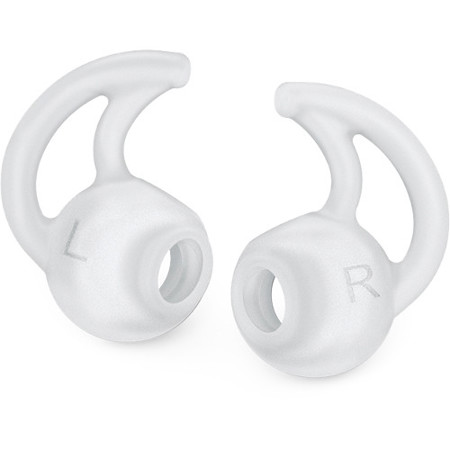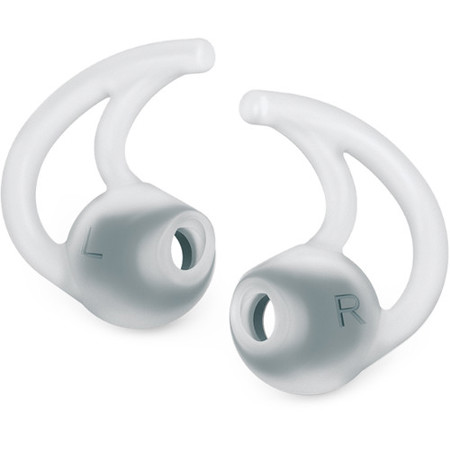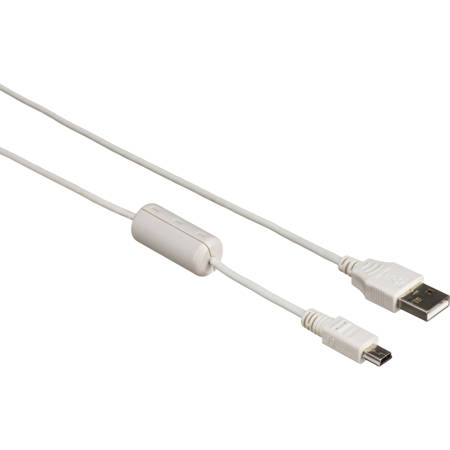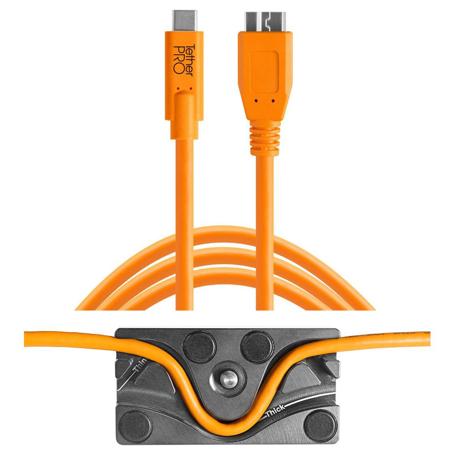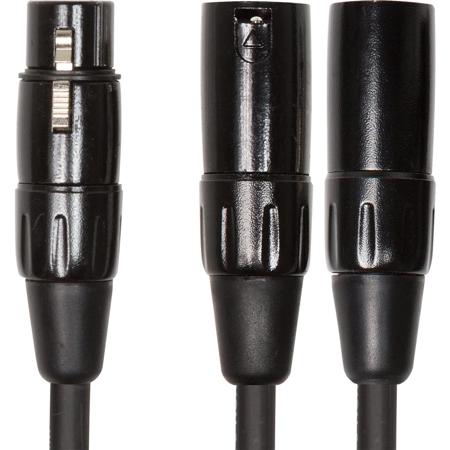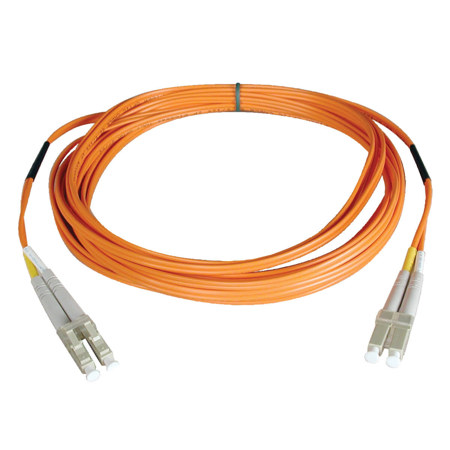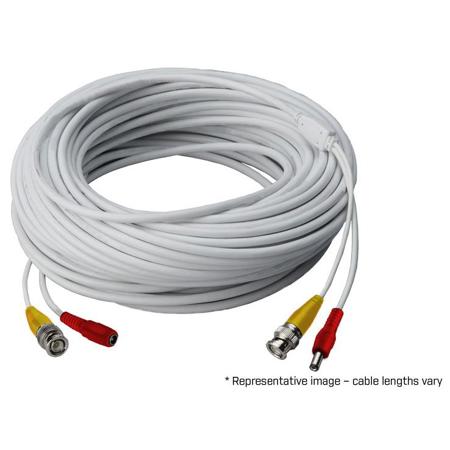IEM Cables
When it comes to elevating your in-ear monitor experience, the right IEM cable can make a world of difference. Whether you’re an audiophile chasing the purest sound, a performing musician relying on clear stage monitoring, or a content creator seeking reliable gear for long recording sessions, the cable you choose is as crucial as the monitors themselves. IEM cables are more than just simple connections; they are the lifeline between your audio source and your ears, carrying every nuance and detail of your music or mix. As autumn’s crisp air sets the mood for cozy listening sessions or spirited live performances, investing in a high-quality IEM cable ensures that you’re not distracted by tangles, microphonics, or signal loss. Many users appreciate the flexibility of detachable cables, which allow for quick replacements or upgrades without needing to purchase an entirely new set of monitors. This is especially valuable for touring musicians or audio engineers who demand both durability and adaptability in their gear. The tactile sensation of a braided, tangle-resistant cable running behind your ear, the reassuring click of a secure connector, and the confidence that your audio will remain uninterrupted—these are the subtle yet significant details that seasoned users come to rely on.
Choosing the best IEM cable often comes down to a blend of personal preference and practical considerations. Some prioritize low-resistance materials like silver-plated copper for their transparency and clarity, while others seek out cables with reinforced jackets that can withstand the rigors of travel and daily use. For those who spend hours on stage or in the studio, comfort is paramount—look for lightweight, memory wire options that mold to your ear shape and stay put, even during energetic performances. Detachable cables with modular connectors offer added convenience, letting you switch between balanced and unbalanced sources or replace worn-out parts on the fly. For the home listener, a luxurious cable can transform a nightly listening ritual into a more immersive, tactile experience, enhancing both the sound and the feel of your favorite tracks. IEM cables also make thoughtful gifts for music lovers and professionals alike, especially during the fall season when performances, recording projects, and indoor listening sessions pick up momentum. They’re a practical upgrade for anyone who’s invested in quality audio, and a subtle way to show you understand the importance of the details.
Beyond IEM cables, those working with a variety of audio equipment may also find themselves in need of specialized connections for studio or live environments. If your setup includes synthesizers, drum machines, or other professional audio gear, you might want to explore options like DIN Cables to ensure seamless integration across all your devices. As you browse the selection of IEM cables, consider how each feature aligns with your unique workflow and listening habits. The right cable is an investment not just in sound quality, but in peace of mind—knowing that your gear will perform flawlessly, whether you’re lost in a late-night mix or stepping onto a brightly lit stage. With the season’s events and projects in full swing, now is the perfect time to upgrade your audio connections and enjoy every note, every beat, and every moment with clarity and confidence.
Choosing the best IEM cable often comes down to a blend of personal preference and practical considerations. Some prioritize low-resistance materials like silver-plated copper for their transparency and clarity, while others seek out cables with reinforced jackets that can withstand the rigors of travel and daily use. For those who spend hours on stage or in the studio, comfort is paramount—look for lightweight, memory wire options that mold to your ear shape and stay put, even during energetic performances. Detachable cables with modular connectors offer added convenience, letting you switch between balanced and unbalanced sources or replace worn-out parts on the fly. For the home listener, a luxurious cable can transform a nightly listening ritual into a more immersive, tactile experience, enhancing both the sound and the feel of your favorite tracks. IEM cables also make thoughtful gifts for music lovers and professionals alike, especially during the fall season when performances, recording projects, and indoor listening sessions pick up momentum. They’re a practical upgrade for anyone who’s invested in quality audio, and a subtle way to show you understand the importance of the details.
Beyond IEM cables, those working with a variety of audio equipment may also find themselves in need of specialized connections for studio or live environments. If your setup includes synthesizers, drum machines, or other professional audio gear, you might want to explore options like DIN Cables to ensure seamless integration across all your devices. As you browse the selection of IEM cables, consider how each feature aligns with your unique workflow and listening habits. The right cable is an investment not just in sound quality, but in peace of mind—knowing that your gear will perform flawlessly, whether you’re lost in a late-night mix or stepping onto a brightly lit stage. With the season’s events and projects in full swing, now is the perfect time to upgrade your audio connections and enjoy every note, every beat, and every moment with clarity and confidence.
